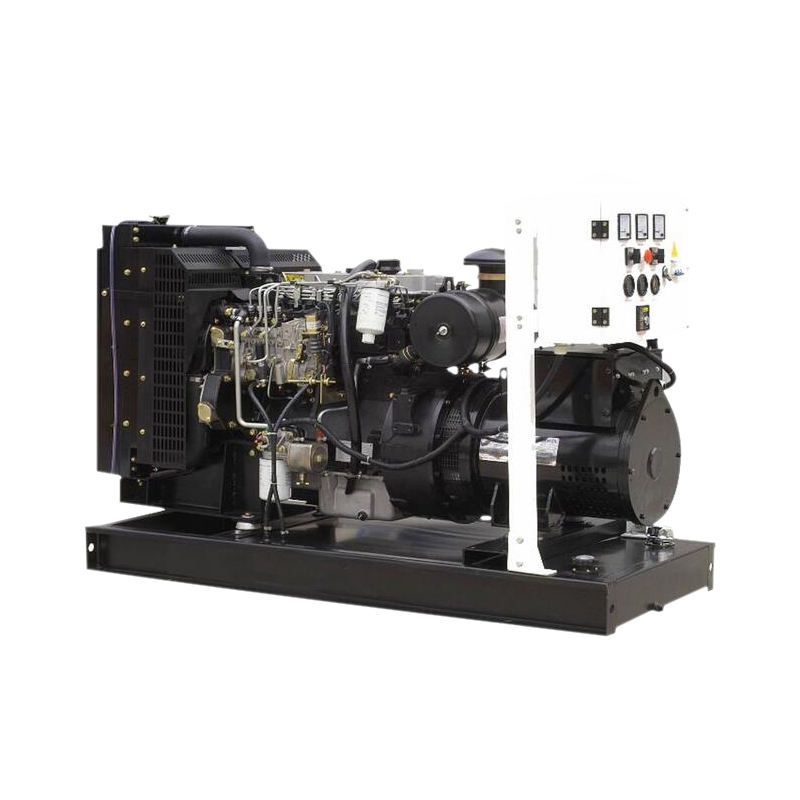Introduction
Have you ever wondered why some generator systems can run for days during a power outage, while others sputter out after just a few hours? The answer often lies in the fuel tank sizing and configuration. In this article, we'll explore best practices for determining the right fuel tank size for your generator system and optimizing its configuration for maximum efficiency and reliability.
Understanding Your Power Needs
Before diving into fuel tank sizing, it's essential to understand your power requirements. How much backup power do you need, and for how long? To answer this question, make a list of the critical appliances and systems you want to keep running during an outage. Then, calculate their total power consumption in watts or kilowatts (kW). Keep in mind that some devices may have surge requirements, so use the highest rated wattage for accurate calculations.
Determining Fuel Tank Size
Once you know your power needs, you can determine the appropriate fuel tank size for your generator system. First, consult your generator's specifications to find its fuel consumption rate at full load and partial load. This information is typically provided in gallons per hour (GPH) or liters per hour (LPH).
Next, multiply your total power consumption by the number of hours you want your generator to run without refueling. Divide this value by the fuel consumption rate at partial load to account for fluctuations in power demand. The result is the minimum fuel tank size required to meet your backup power needs.
Optimizing Fuel Tank Configuration
Proper fuel tank configuration can significantly impact your generator system's performance and reliability. Here are some key considerations:
Fuel Type Compatibility
Ensure that your fuel tank is compatible with the type of fuel your generator uses, such as diesel, propane, or natural gas. This might seem obvious, but mismatching fuels can cause severe damage to your generator and create safety hazards.
Location and Accessibility
Place your fuel tank in a location that allows easy access for refueling and maintenance while also minimizing noise and exhaust fumes. Additionally, consider factors like site drainage, potential flood zones, and seismic activity when selecting a location for your fuel tank.
Safety Measures
Implement safety measures such as grounding, bonding, and overfill protection to prevent accidents and comply with local regulations. Regularly inspect your fuel tank for leaks, corrosion, and other signs of wear that could compromise its integrity.
Practical Application: Actionable Tips
Conclusion
In conclusion, proper fuel tank sizing and configuration are crucial for ensuring reliable backup power when you need it most. By understanding your power needs, calculating the right fuel tank size, and optimizing its configuration, you can enjoy peace of mind knowing your generator system is ready to perform during power outages. So, take the time to assess your current setup and make any necessary adjustments – it could make all the difference when the lights go out.





